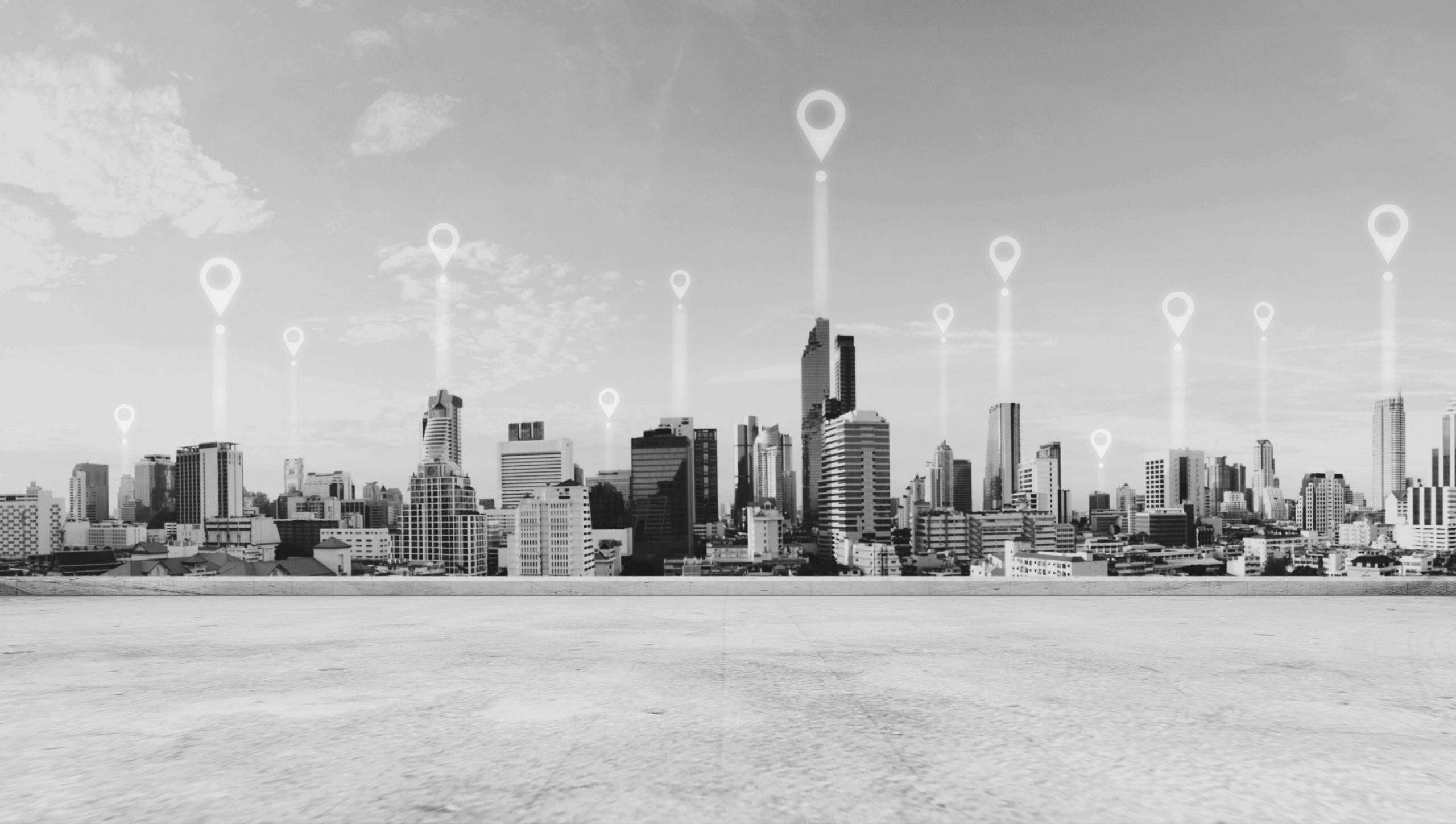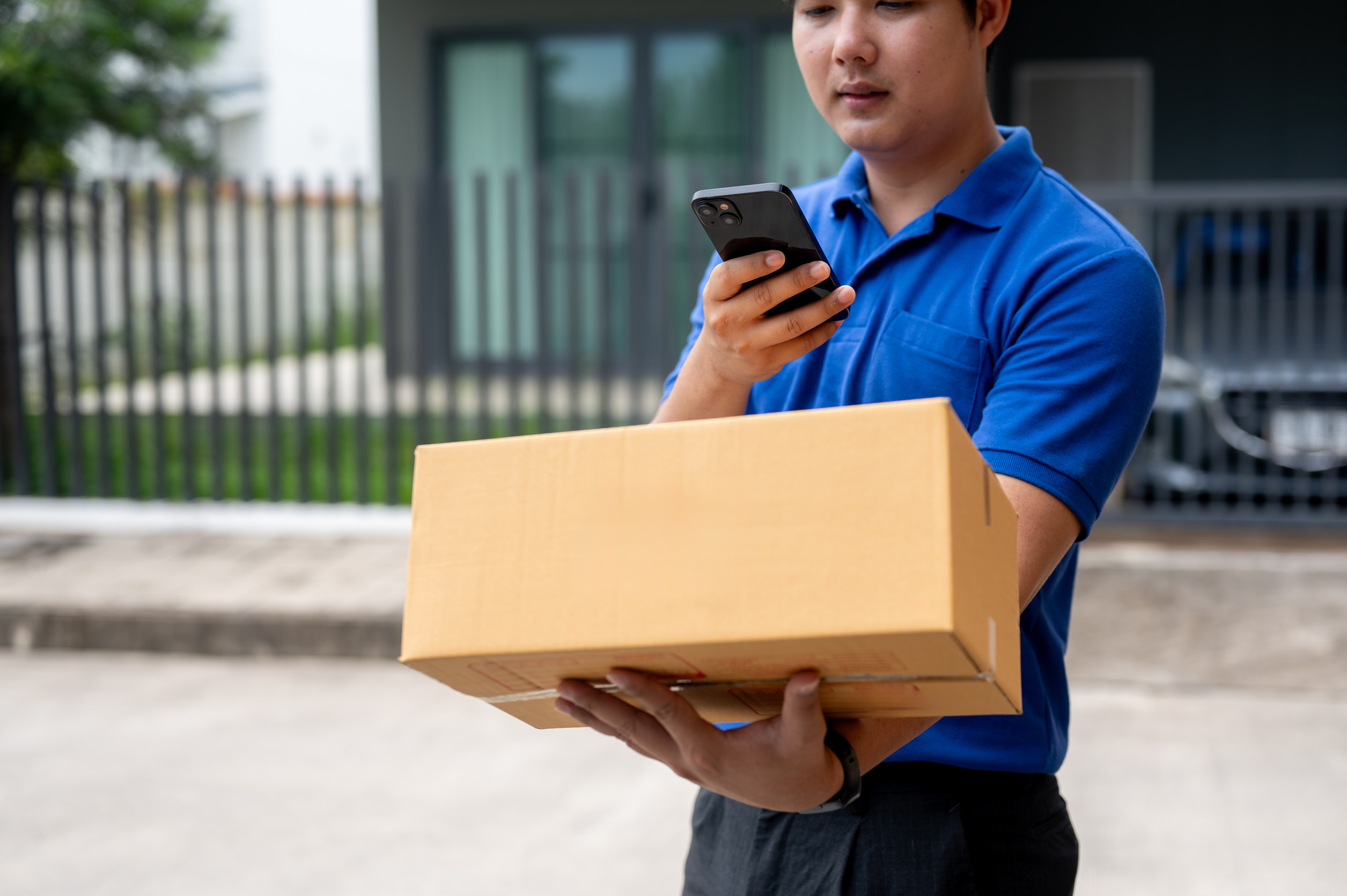
In the age of convenience, delivery apps are among the most used platforms in the world. With just a few taps, food, groceries, and almost anything else can be sent straight to a doorstep. But the price of that convenience is not just a delivery fee or tip—it’s personal data.
What many don’t realize is that delivery services collect and monitor much more than just what is ordered. Their tracking systems are sophisticated, and their reach goes far beyond just fulfilling deliveries.
1. Location Data Even When the App Is Closed
Delivery apps often request location permissions that stay active even when the app isn’t being used. This allows them to monitor real-time movements throughout the day, not just during a delivery window. They claim it helps improve delivery accuracy and driver logistics, but it also creates a detailed map of someone’s habits and routines.
This constant tracking can paint a very specific picture of daily life, including work hours, visited neighborhoods, and frequented businesses. It’s a form of surveillance hidden under the guise of user experience.
2. Purchase History for Profiling
Every item ordered is stored in a digital log that builds a profile over time. Delivery services use this purchase history to create detailed consumer personas based on frequency, brand preferences, dietary choices, and even late-night cravings. These profiles are not just used to tailor in-app suggestions—they can be sold to advertisers and third parties interested in hyper-specific consumer data. A person who orders vegetarian meals every week, for example, might be flagged as health-conscious and receive targeted ads accordingly. It turns everyday decisions into a commodity for profit.
3. Device Information Collection
Delivery platforms often gather data about the device being used, including model, operating system, battery status, and even other apps installed. This information helps companies assess user behavior across platforms and personalize app performance. However, it also allows them to understand digital habits beyond the app itself, such as preferred browsers or app ecosystems. When this data is cross-referenced with user identity, it becomes a powerful tool for monitoring and marketing. It’s a way to understand not just what people order, but how they live digitally.
4. Behavioral Analytics from App Interactions
Every tap, scroll, and pause within the app is tracked and analyzed. Delivery services use behavioral analytics to determine what catches a user’s attention and how long they consider an item before deciding. This information helps optimize menus, suggest items, and even influence pricing strategies based on how users behave. These micro-interactions seem harmless but reveal deeper patterns about decision-making and impulse control. It turns the app into a psychological tool that constantly refines its influence on consumer behavior.
5. Linking Social Media and Email Accounts
Many delivery apps encourage or require signing in via social media or email, which gives them access to contact lists, profile information, and engagement habits. This linking expands their data reach into platforms outside their own ecosystem. It allows for retargeting through ads on social media, personalized emails, and cross-platform tracking. Even if delivery history stays within the app, identity-based data can follow someone across the web. It blends social habits with commercial behavior in ways that most people don’t notice.
6. Cookies and Web Tracking
Outside of mobile apps, many delivery services also operate websites that use tracking cookies. These cookies follow users around the internet, noting which websites are visited after leaving the delivery site. This practice enables companies to continue targeting users with ads, suggestions, and incentives long after an order has been completed. The data also helps refine algorithms to attract repeat orders based on browsing habits. It connects the dots between food choices and web behavior with surprising precision.
7. Geo-Fencing and Predictive Behavior
Geo-fencing uses virtual boundaries to trigger actions when a user enters or leaves specific areas. Delivery apps use this to send push notifications, suggest nearby restaurants, or even offer location-based discounts. But beyond promotions, it’s a method for anticipating needs based on where someone is and how they move throughout the day. A user near a college campus might receive a coffee shop coupon at 8 a.m., or a pizza ad on a Friday night. It’s tracking that doesn’t wait for input—it predicts actions before they happen.
8. Monitoring Payment Patterns
Beyond recording purchases, delivery apps monitor how and when payments are made. They can detect trends in spending, preferred payment methods, and even times of day associated with higher spending. This financial behavior is extremely valuable for targeting users with promotions that match their habits. For instance, someone who often tips well on Sunday evenings might be nudged with a special offer at that exact time. It transforms payment activity into a behavioral signal.
9. Sharing and Selling Data to Third Parties
Most delivery services include vague language in their privacy policies that allows for data sharing with “partners” or “affiliates.” This often includes advertisers, data brokers, and even financial institutions. Once shared, this data can be repackaged and sold repeatedly, making it difficult for users to know where their information ends up. While names may be stripped from the data, the level of detail is often enough to re-identify individuals through cross-referencing. The result is a far-reaching web of surveillance most people unknowingly participate in.

Be Safe When You Order Things Online
Delivery services have changed the way people eat, shop, and live—but they’ve also quietly changed how people are watched. These companies aren’t just bringing meals to doors—they’re building extensive digital profiles that extend well beyond dinner. From location tracking to behavioral analytics, their reach is deep, persistent, and often invisible. As technology continues to evolve, the question is no longer if users are being tracked, but how much, how often, and by whom.
What do you think about the ways delivery apps are tracking you? Share your thoughts or drop a comment below.
Read More
9 Clothing Trends That Were Linked to Surveillance Technology
Is Your Home Security System Spying On You? 12 Ways To Find Out
The post 9 Ways Delivery Services Track You Beyond Your Orders appeared first on Everybody Loves Your Money.







